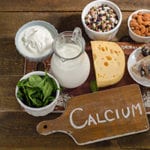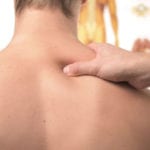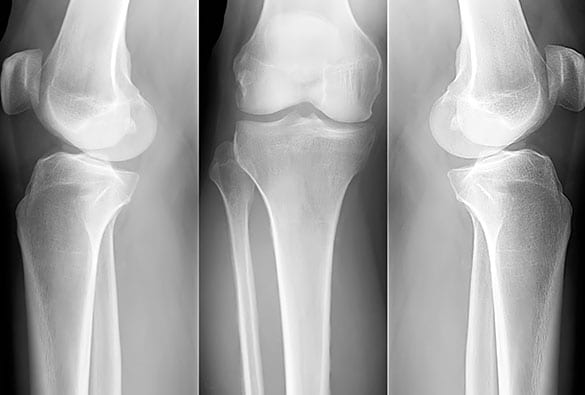
Find out how our orthopedic team can alleviate the risks of Osteoporosis.
Sometimes referred to as “brittle bone disease,” osteoporosis is a disease where bones lose mass. The condition can also develop if the body doesn’t generate enough new bone tissue. As bones become thinner, individuals with the condition are more susceptible to fractures (breaks) from falls or similar injuries.
- The term “osteoporosis” literally means “porous bone”
- While damage to bones is not reversible, there are treatments that may benefit patients
CONTACT US TODAY
How it’s Diagnosed
The most common way to diagnose osteoporosis is with a bone density test or scan. It’s usually performed with a special machine that measures the amount of X-rays absorbed by tissues. The test produces two scores. The T score is a comparison of the patient’s bone density to the general population and the Z score is a comparison within a patient’s age group. Diagnosis may also involve a CT scan of the spine, an MRI of the spine, or a bone X-ray.
Treatment Options
Bisphosphonates are typically prescribed to prevent the further breakdown of bone tissue. Hormones may be prescribed for women, although hormone therapy is no longer a standard recommendation due to an increased risk of heart attacks. Bisphosphonates are usually taken in pill form. Infused forms of bisphosphonates are injected into veins directly, eliminating stomach issues sometimes caused by the pills. Some patients may benefit from physical therapy that involves:
- Weight-bearing physical activity specific to capabilities
- Balance exercises
- Water-based therapy to strengthen bones without excessive stress
- Casual walking on flat, even surfaces or supervised on a treadmill
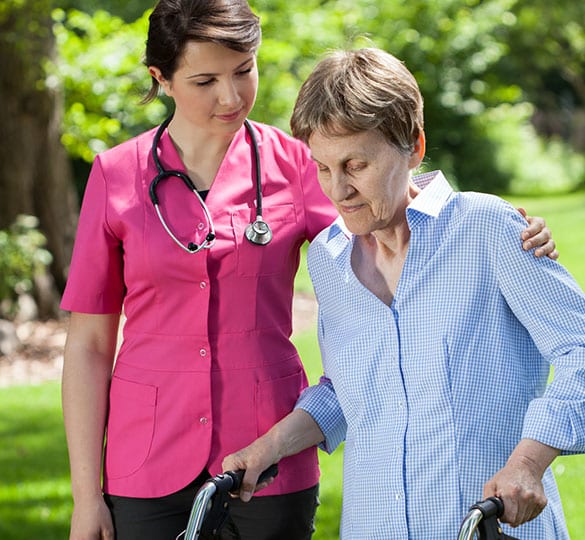
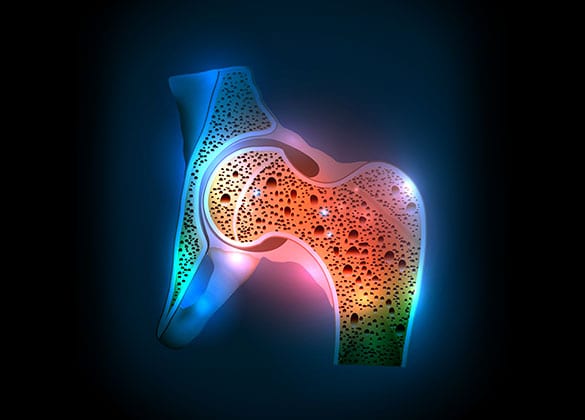
Symptoms
As bones become weaker, vertebrae may become fractured and result in spondylolisthesis, a condition where a disc slips forward onto an adjacent one. Damage to spinal discs may result in nerve pressure and back pain or radiating nerve pain. Weakened vertebrae may also lead to a noticeable loss in height over time, or a stooped posture sometimes referred to as “hunchback.”
Risk Factors
Women are more likely to lose bone mass than men, although the risk of developing osteoporosis for all adults increases with age. Additional risk factors include having a family history of osteoporosis, having a small body frame, excessive thyroid hormone production, and experiencing a reduction in sex hormones, as is common with women after menopause. Osteoporosis may also be more of a problem for people who already have a chronic inflammation disorder like arthritis.
Osteoporosis leads to nearly 2 million fractures every year. It’s often referred to as the “silent disease” since most people aren’t aware their bones are weak until a break occurs. However, a bone density test can identify individuals who are more likely to be affected by the condition. The risk of developing osteoporosis may be reduced by maintaining a healthy body weight, getting regular exercise, and eating foods rich in calcium and vitamin D. If sufficient nutrients can’t be obtained from diet alone, supplements may be beneficial.

